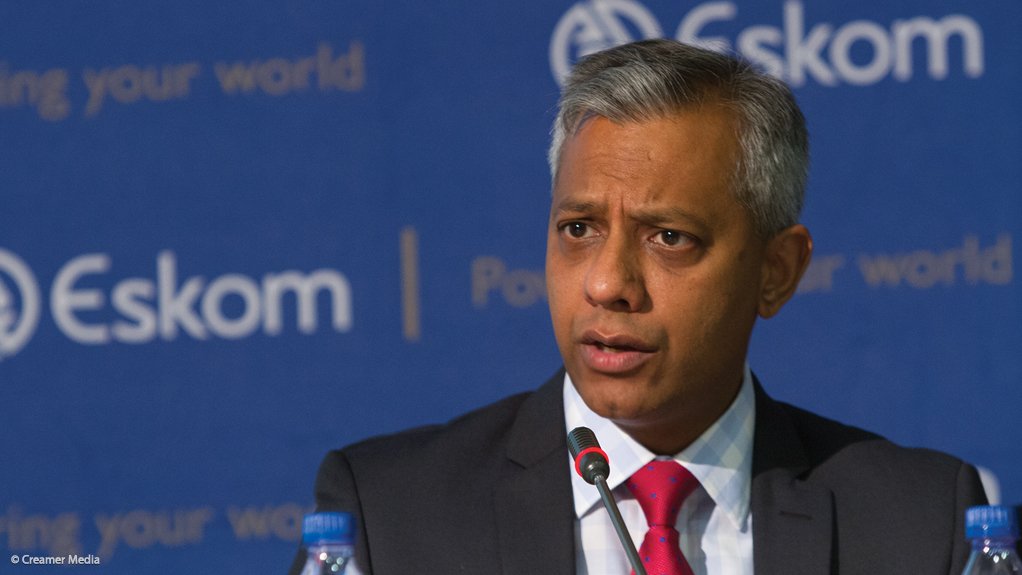State-owned electricity utility Eskom says it will make a final revenue application to the National Energy Regulator of South Africa (Nersa) this month, but has confirmed that the application will be for a “double digit” tariff increase for implementation on April 1, 2018. Business news website Moneyweb reports that it has had sight of a confidential draft application, in which Eskom outlines the case for a 19.9% hike for 2018/19.
The utility would not be making a multiyear application, owing to ongoing legal uncertainty related to the regulatory clearing account (RCA) mechanism, following a 2016 Gauteng High Court ruling, which determined the most recent RCA adjustment to be “irrational, unfair and unlawful”.
Spokesperson Khulu Phasiwe confirmed with Engineering News Online that Eskom’s draft application had been shared with both the National Treasury and the South African Local Government Association (Salga) during April.
The Municipal Finance Management Act requires Eskom to consult with these entities before submitting its final revenue application to Nersa and allow 40 days to provide comments. Eskom had received responses from Salga and the National Treasury, which were being considered.
Phasiwe added that the final application for 2018/19 would be submitted during the course of June, after which Nersa would publish the application as part of its normal public consultation processes. The regulator would determine the timeframe for public hearings.
Eskom noted that its application followed an average 2.2% tariff increase for the 2017/18 financial year. The increase was effective for Eskom customers from April 1, while Eskom said municipal customers would experience an average 0.3% increase with effect from July 1.
CFO Anoj Singh indicated that the current multiyear decision made for the period April 1, 2013 to March 31, 2018 made it necessary for Eskom to submit its next application. “Nersa has approved that Eskom can make a revenue application for a single financial year – the 2018/19 year.”
Singh made no comment, however, on the status of Eskom’s request to Nersa for “condonation” to deviate from the multiyear price determination (MYPD) methodology and minimum information requirements for tariff applications (Mirta).
In a letter to Nersa earlier this year, Singh indicated that Eskom would be unable to meet certain requirements of the MYPD methodology, as updated in October 2016, as well as certain Mirta requirements.
Singh described as “untenable” the requirement that Eskom provide a breakdown of “coal volumes burnt per station, per contact type and per supplier” and indicated that its request for condonation relating to primary energy would be “ongoing, until the methodology is revised”. He said Eskom’s comments in response to the methodology consultation paper included “viable alternatives”.
The request for condonation has been heavily criticised by Business Unity South Africa, which described it as an attempt to motivate for price increases without justification, thus undermining good governance and accountability.
Phasiwe acknowledged that a double-digit application was likely to be hotly contested, particularly in light of the weak economic climate and falling electricity demand.
However, Eskom saw the hike as necessary to migrate its tariffs towards cost reflectivity. He said it would be up to the regulator to make a determination that balanced the needs of the utility with those of consumers.
EMAIL THIS ARTICLE SAVE THIS ARTICLE ARTICLE ENQUIRY
To subscribe email subscriptions@creamermedia.co.za or click here
To advertise email advertising@creamermedia.co.za or click here











